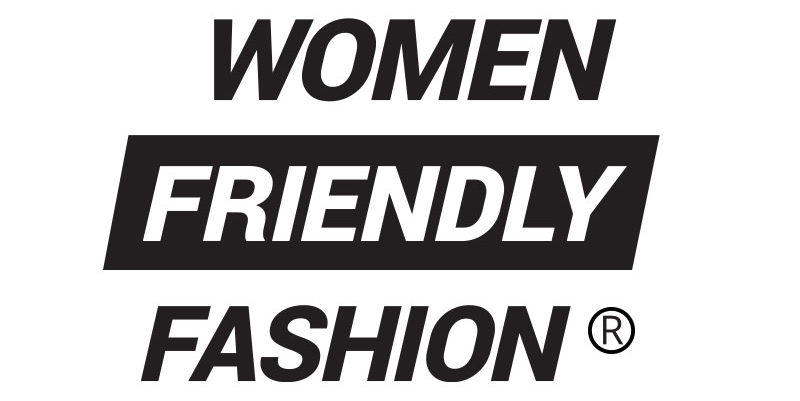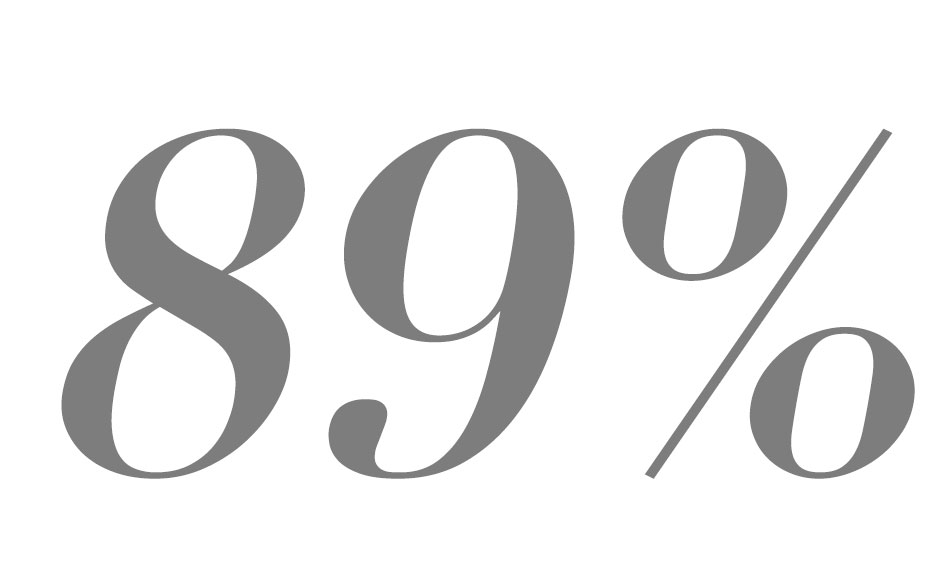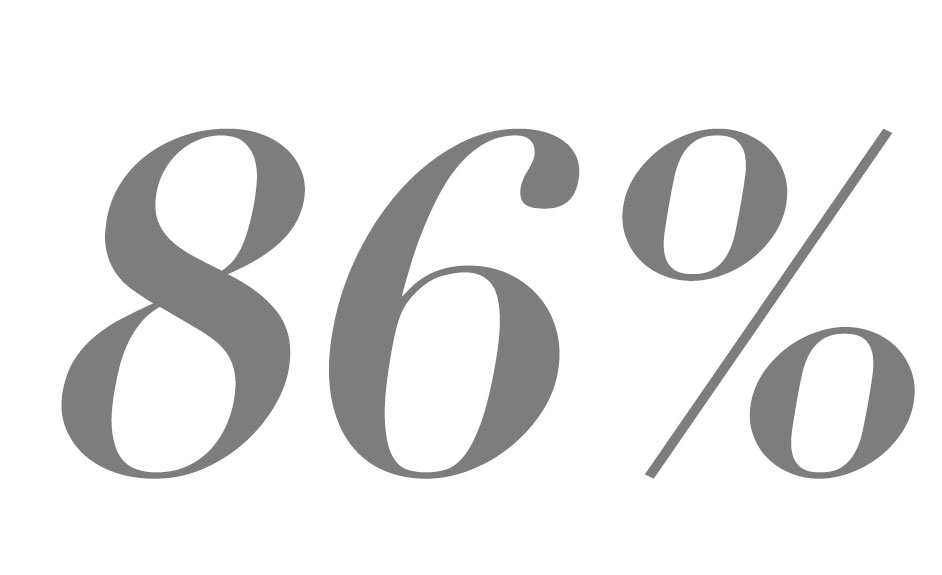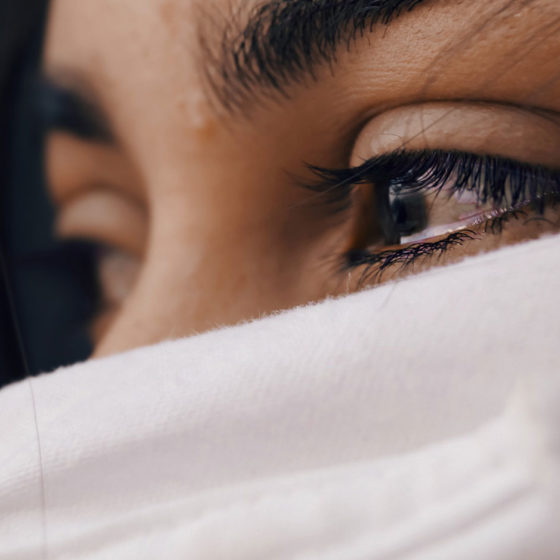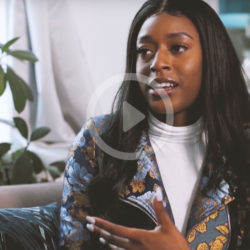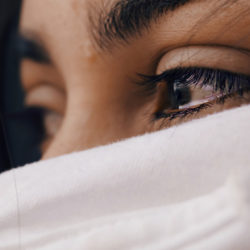cru·el·ty
(kro͞o′əl-tē)
- the state, quality or characteristic of being cruel;
- deliberate action, infliction or remark of pain or suffering;
- (Law) conduct that causes danger to life or limb or a threat to physical or mental health.
Image by Christopher Campbell
Since the second wave of sexual revolution in the 1960s-1980s, the world has been exposed to new and brave forms of sexual liberation and self-expression in art, public media and advertising. Under the guise of creative-freedom fashion brands and marketers have manipulated the status quo in ways that undermine an entire womenkind.
Brands chase media coverage, started forcing creative directors to come up with more shocking and demoralising content. 50 years on, we’re experiencing the downside. It's unbelievable how commonplace the hatred and objectification of women has become in the most inspiring industry – ultimately victimising half of the world’s population.
Cruelty against women in fashion manifests in two ways
The first type of victims are the women whose fashion industry uses for its production,
and a second type – the women who it sells to.
Non-glamourous figures
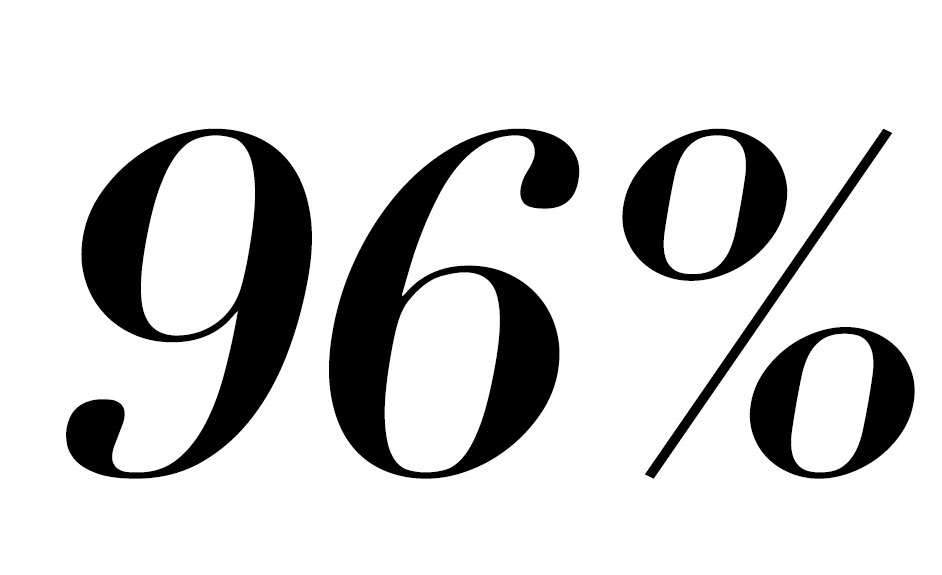
of females wouldn’t use the word ‘beautiful’
to describe themselves
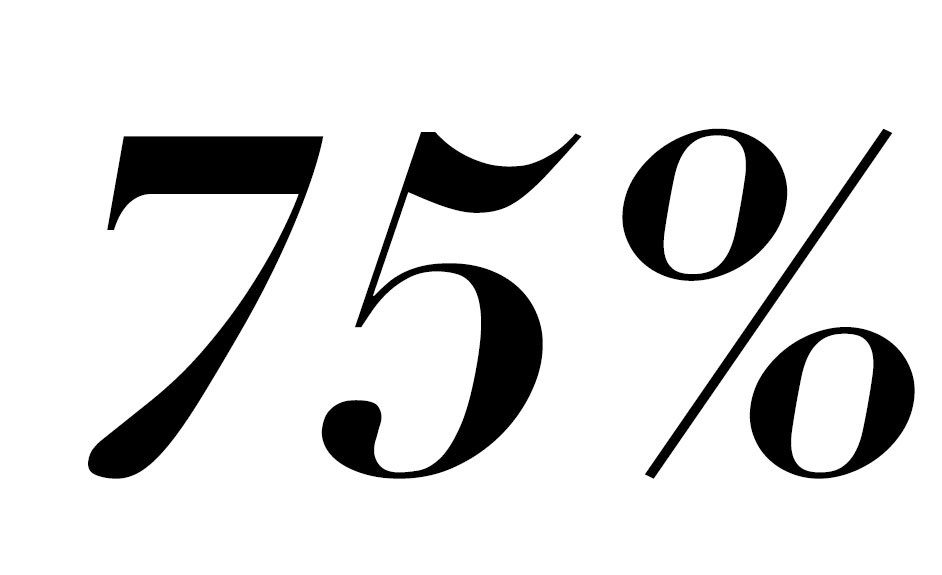
of garment workers
worldwide are females
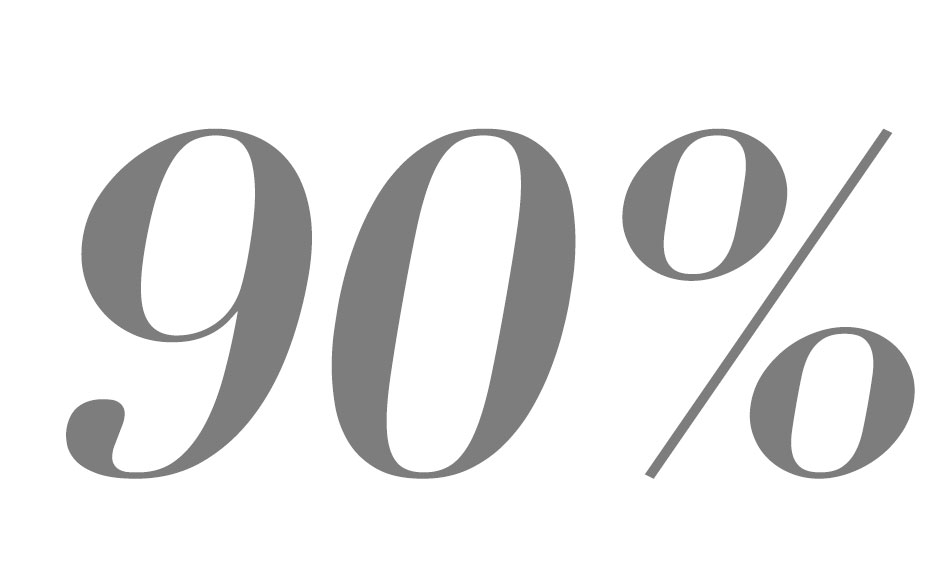
OF MEDIA IMAGES ARE LENSED
BY WHITE MEN
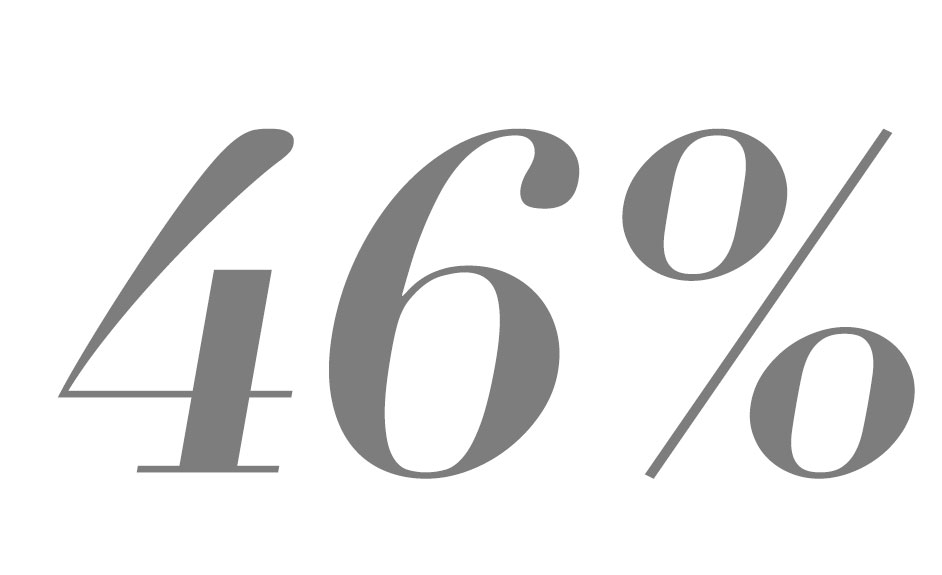
of the pay gap in 2019 favouring men reported
by UK fast-fashion retailer Missguided
__
"The new prison of the unachievable image has replaced
the old prison of the kitchen."
– Johann Hari, Independent
- Only 2% of women think they’re beautiful
- 90% want to change at least one aspect of their physical appearance
- 80% say that images of the women presented by mass media make them feel insecure
- Over the last 30 years, the average women’s hip measurement has grown to 37 inches, while the mannequin's hip has shrunk to 31 inches.
- The British Fashion Model Agents Association (endorsed by BFC) states that ONLY GIRLS having clear skin, good hands, regular features and matching the following size criteria for figure: 34-24-34 in (standard clothing size S-XS-XS), can become models for womenswear brands.
- Most runway models’ BMI is equivalent to the physical criteria for anorexia.
- 69% of girls say that magazine models influence their idea of the perfect body, causing 1 out of 4 college-age women to develop an eating disorder.
- Dolls wearing black leather mini-skirts and thigh-high boots are marketed to girls from the age of 8.
- Only 3 out of 10 listed famous fashion designers of all time were women. Even if women created certain fashion houses at their time, today they often have male creative leaders.
- Compared to the already horrendous average 20% gender pay gap in the industry, The NYT shared information that designers like Karen Millen actually had an even more staggering 49% gap. At the same time, beauty brand Benefit Cosmetics reported one that sat around 30.7%. What’s more, Burberry not only reports a 26% pay gap, but the men at the company have historically received higher bonuses as well.
- 80% of purchasing decisions are made by women, yet 97% of clout positions in the media – telecommunications, entertainment, publishing and advertising are held by men
- 13.7% of leading US magazine covers were shot by female photographers
- 26% of female photographers are underpaid compared to their male counterparts
- and many more...
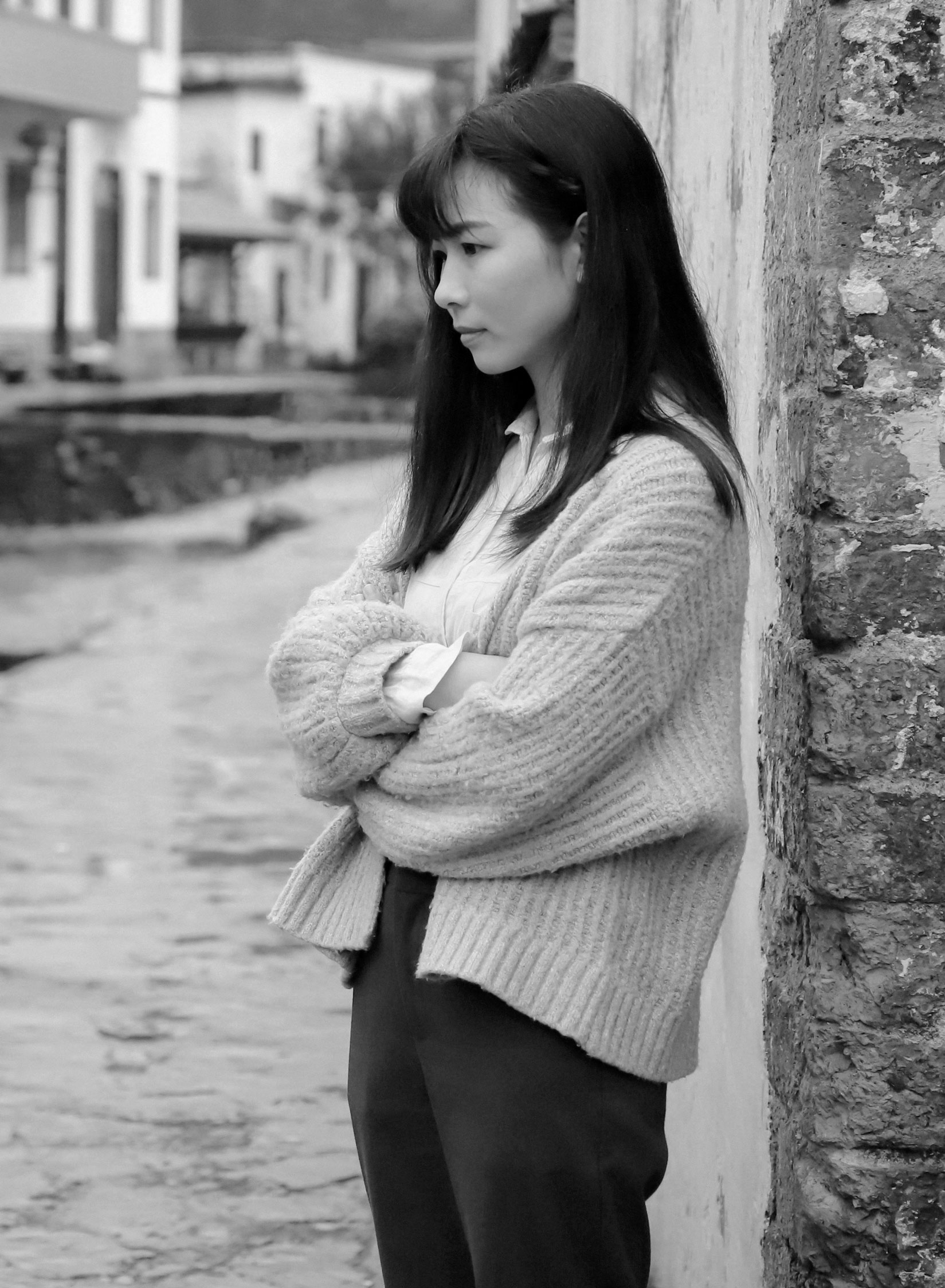
Image by Raychan
Cruelty in fashion is rather normalised
and even glamorized, but what for?
First of all, let's face the facts: the most female discriminative industry is made of approx 75% female workers and 25% of male management. By the 'official theory,' the sector employs more females than males because females have nimble fingers. Does this sound like a sensible argument? Have you ever seen any job description listing a requirement such as 'must-have nimble fingers'? Hm... not really. While by non-official theory, fashion sector employs more female workers than male, because females are less likely to take actions against illegal and unjust working conditions, are easier to frighten and control. And most importantly, they are less likely to organize unions. What saddens, even more, is the fact that the global
fashion industry doesn't have any central fashion union nor local governmental regulations in place to protect its employees. However, what it has – a large number of private 'self-help' organisations offering exclusive support primarily for the management in exchange for a membership fee. It's evident that behind the shiny glam, the most inspiring and public-facing industry is very shallow. Even some women who've reached a high profile in the industry tend to adopt the predatory competitive nature of 'eating' others alive. No matter if we accept that or not, it is the industry which directly or indirectly impacts the rest of the world. It shapes a woman's image on a bigger scale and manages the social behaviour towards them.
__
"In the fashion business, it's cool to be cruel.
It is about the raw, tribal power: if they are still indulging you, you're still big and getting bigger."
– Jenny McCartney, The Telegraph
How can we stop cruelty against women in fashion?
Waiting for government or someone else to resolve our own issues and poor attitude towards womenkind is naive, and it's not an option. So what can we do to change that? The solution is, and surprisingly, it is quite simple. It requires only one condition: for people that create fashion to take personal responsibility of turning their business operations and communications into one that is female-positive.
__
"One thing’s clear: aside from Hollywood,
no business is as seductive and brutish, as cruel and transactional as fashion."
– Maureen Callahan, NY Post

Understand fashion
Fashion is a set of both: custom social values and norms, which directly reflect the political climate in a particular region at a specific time; and individual mindset, an attitude and lifestyle.
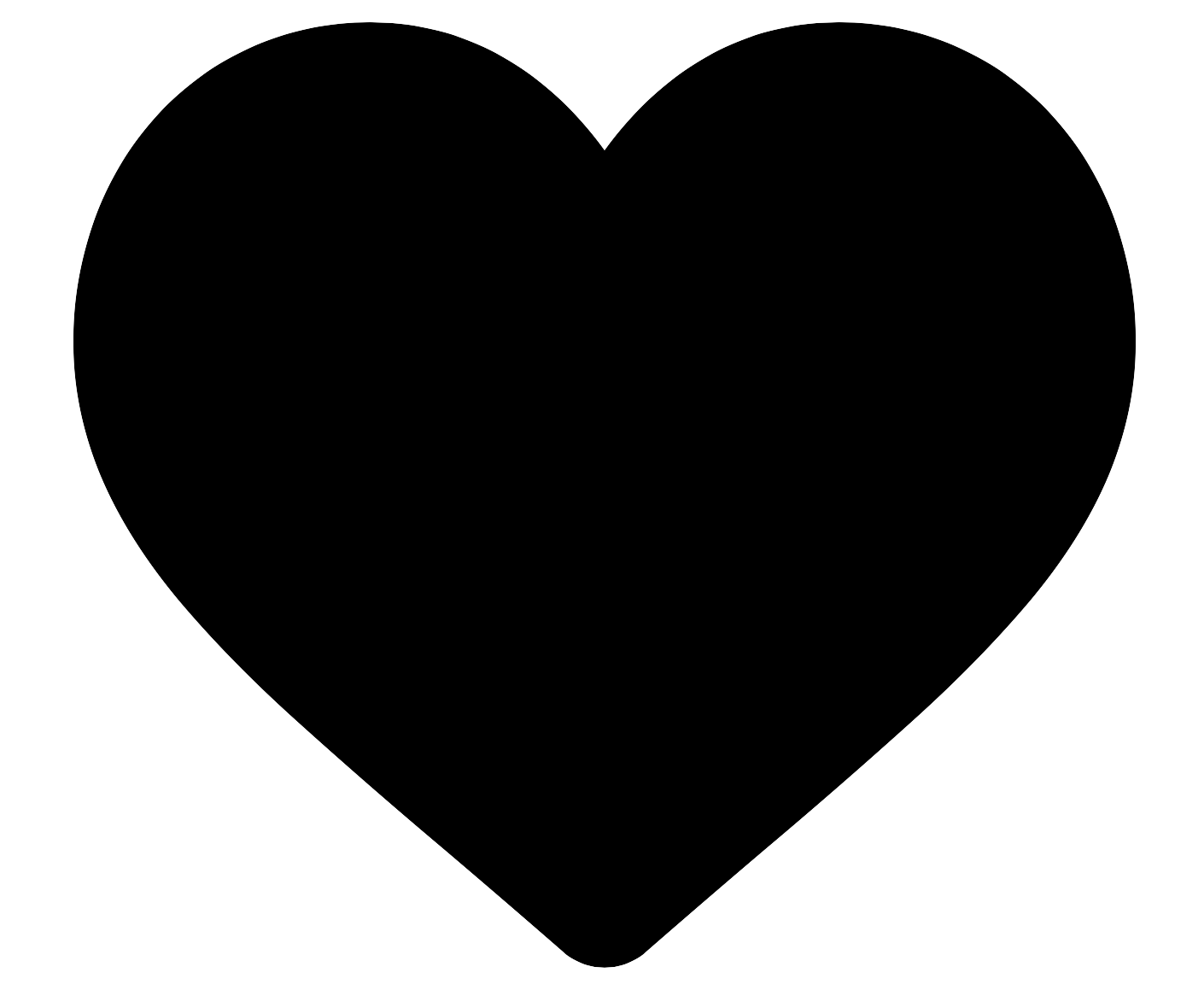
Create responsibly
It is not enough to be just aware of the problem. To create the world free from violence against women and girls, we must learn what positive communication, business and lifestyle are, and apply this knowledge in our daily work and life.

Promote positivity
The history provides countless examples of the Power of One. Join the WFF Movement to help to make our world women-friendly.
cru·el·ty
(kro͞o′əl-tē)
- the state, quality or characteristic of being cruel;
- deliberate action, infliction or remark of pain or suffering;
- (Law) conduct that causes danger to life or limb or a threat to physical or mental health.
Image by Christopher Campbell
Since the second wave of sexual revolution in the 1960s-1980s, the world has been exposed to new and brave forms of sexual liberation and self-expression in art, public media and advertising. Under the guise of creative-freedom fashion brands and marketers have manipulated the status quo in ways that undermine an entire womenkind. Brands chase media coverage, started forcing creative directors to come up with more shocking and demoralising content. 50 years on, we’re experiencing the downside. It's unbelievable how commonplace the hatred and objectification of women has become in the most inspiring industry – ultimately victimising half of the world’s population.
Cruelty against women in fashion manifests in two ways
The first type of victims are the women whose fashion industry uses for its production, and a second type – the women who it sells to.
Non-glamourous figures

of females wouldn’t use word ‘beautiful’ to describe themselves

of garment workers
worldwide are females

OF MEDIA IMAGES ARE LENSED
BY WHITE MEN

of pay gap in 2019 favouring men reported by UK fast-fashion retailer Missguided
"The new prison of the unachievable image has replaced the old prison of the kitchen."
– Johann Hari, Independent

Image by Raychan
● Only 2% of women think they’re beautiful
● 90% want to change at least one aspect of their physical appearance
● 80% say that images of the women presented by mass media make them feel insecure
● Over the last 30 years, the average women’s hip measurement has grown to 37 inches, while the mannequin's hip has shrunk to 31 inches.
● The British Fashion Model Agents Association (endorsed by BFC) states that ONLY GIRLS having clear skin, good hands, regular features and matching the following size criteria for figure: 34-24-34 in (standard clothing size S-XS-XS), can become models for womenswear brands.
● Most runway models’ BMI is equivalent to the physical criteria for anorexia.
● 69% of girls say that magazine models influence their idea of the perfect body, causing 1 out of 4 college-age women to develop an eating disorder.
● Dolls wearing black leather mini-skirts and thigh-high boots are marketed to girls from the age of 8.
● Only 3 out of 10 listed famous fashion designers of all time were women. Even if women created certain fashion houses at their time, today they often have male creative leaders.
● Compared to the already horrendous average 20% gender pay gap in the industry, The NYT shared information that designers like Karen Millen had an even more staggering 49% gap. At the same time, beauty brand Benefit Cosmetics reported one that sat around 30.7%. What’s more, Burberry not only reports a 26% pay gap, but the men at the company have historically received higher bonuses as well.
● 80% of purchasing decisions are made by women yet 97% of clout positions in the media – telecommunications, entertainment, publishing and advertising are held by men
● 13.7% of leading US magazine covers were shot by female photographers
● 26% of female photographers are underpaid compared to their male counterparts
● and many more...
Cruelty in fashion is rather normalised and even glamorized, but what for?
First of all, let's face the facts: the most female discriminative industry is made of approx 75% female workers and 25% of male management. By the 'official theory,' the sector employs more females than males because females have nimble fingers. Does this sound like a sensible argument? Have you ever seen any job description listing a requirement such as 'must-have nimble fingers'? Hm... not really. While by non-official theory, fashion sector employs more female workers than male, because females are less likely to take actions against illegal and unjust working conditions, are easier to frighten and control. And most importantly, they are less likely to organize unions. What saddens, even more, is the fact that the global fashion industry doesn't have any central fashion union nor local governmental regulations in place to protect its employees.
However, what it has – a large number of private 'self-help' organisations offering exclusive support primarily for the management in exchange for a membership fee. It's evident that behind the shiny glam, the most inspiring and public-facing industry is very shallow. Even some women who've reached a high profile in the industry tend to adopt the predatory competitive nature of 'eating' others alive. No matter if we accept that or not, it is the industry which directly or indirectly impacts the rest of the world. It shapes a woman's image on a bigger scale and manages the social behaviour towards them.
"In the fashion business, it's cool to be cruel. It is about the raw, tribal power: if they are still indulging you, you're still big and getting bigger."
– Jenny McCartney, The Telegraph
How can we stop cruelty against women in fashion?
Waiting for government or someone else to resolve our own issues and poor attitude towards womenkind is naive, and it's not an option. So what can we do to change that? The solution is, and surprisingly, it is quite simple. It requires only one condition: for people that create fashion to take personal responsibility of turning their business operations and communications into one that is female-positive.
"One thing’s clear: aside from Hollywood, no business is as seductive and brutish, as cruel and transactional as fashion."
– Maureen Callahan, NY Post

Understand fashion
Fashion is a set of both: custom social values and norms, which directly reflect the political climate in a particular region at a specific time; and individual mindset, an attitude and lifestyle.
Create responsibly
It is not enough to be just aware of the problem. To create the world free from violence against women and girls, we must learn what positive communication, business and lifestyle are, and apply this knowledge in our daily work and life.

Promote positivity
You don't need to have thousands of followers to make a difference. The history provides countless examples of the Power of One. Join the WFF Movement to help to make fashion women-friendly.
